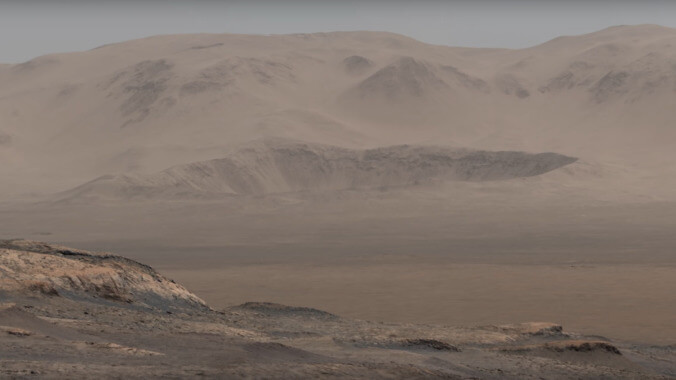NASA continues to disappoint by sharing incredibly high-res, but alien-free photo of Martian surface

Screenshot: NASA Jet Propulsion Laboratory
NASA has just released the highest resolution image of Mars ever seen. On the website sharing this photo—a panorama taken by the Curiosity rover—we’re shown a clear view of the Martian surface that “contains nearly 1.8 billion pixels,” that’s been “composed of more than 1,000 images that were carefully assembled” after being taken by the rover between November 24th and December 1st of last year.
We are sorry to report that not a single alien is visible, making all of this hard work completely useless.
 Keep scrolling for more great stories.
Keep scrolling for more great stories.
